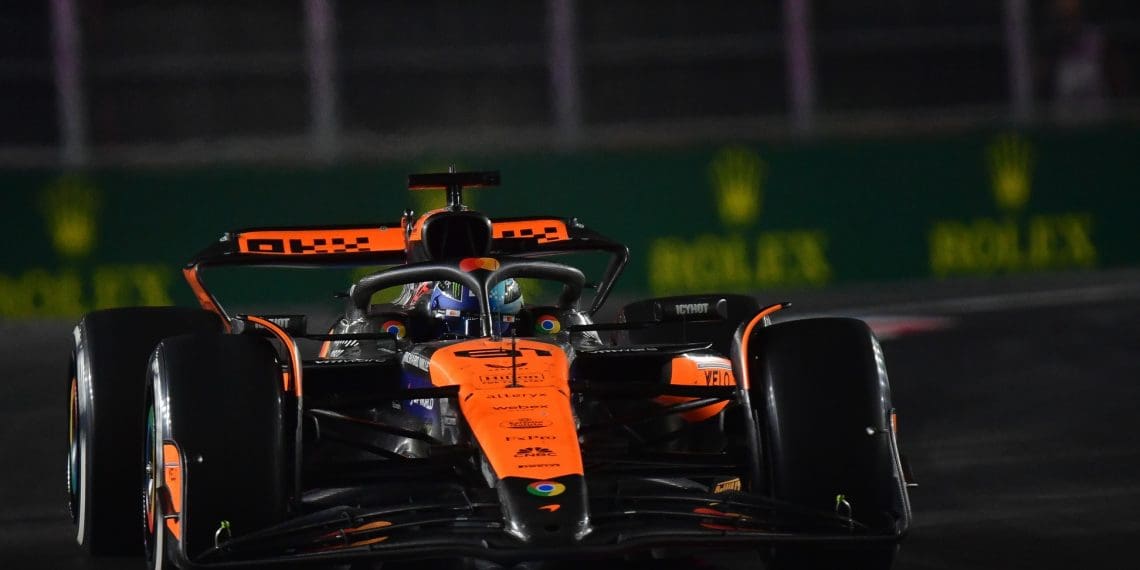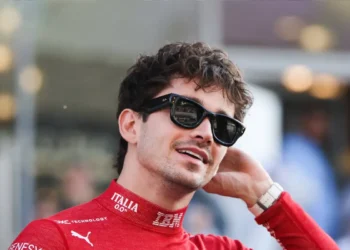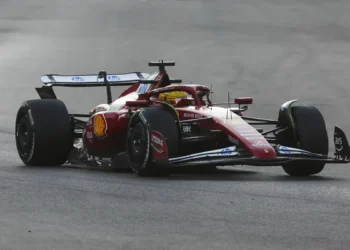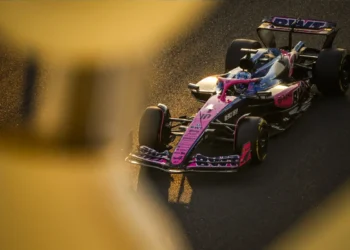McLaren may have celebrated a triumphant return to the top of Formula 1 with its first Constructors’ Championship since 1998, but the team’s performance at the Las Vegas Grand Prix revealed a glaring weakness in its MCL38 car. A long-standing issue with front-end grip reared its head, leaving McLaren scrambling for answers despite an otherwise stellar 2024 campaign.
A Title-Winning Car, But Not Without Flaws
The MCL38, widely considered the season’s benchmark car, secured six victories and propelled McLaren past Ferrari for championship glory. Yet, as Lando Norris and the team endured extreme front-graining on the cold Vegas track, it became evident that their car was far from flawless.
Norris, who managed only a distant sixth place, bluntly addressed the problem:
“It’s been a complaint of mine for the last six years, and again, we’ve still not been able to iron it out enough from our car. When we do our front graining, we’re not the quickest car. As soon as the front graining is gone, we have a car that’s quick enough.”
The Problem: Persistent Front-End Weakness
McLaren’s Achilles’ heel—its sensitivity to front-end grip—was magnified by the unique challenges of Las Vegas, where cold temperatures exacerbated graining issues. This isn’t a new problem for the team; similar struggles were noted earlier in the season at tracks like Montreal, which share low-grip, street-circuit characteristics.
Norris elaborated on the recurring issue:
“Some tracks, these issues don’t arise. But we’ve always been one of the worst teams for front graining. When you can manage it, we survive. Today, we couldn’t manage it enough. The problems were way too severe.”
Andrea Stella: “We Must Keep Improving”
Team principal Andrea Stella acknowledged the strides McLaren has made but admitted the front-end issues remain a significant hurdle.
“We have been able to deliver a competitive car that can win races, but in a certain kind of circuit. Some of these inherent limitations, especially with the behavior of the front end, still pop out when track layout or grip level demand certain responses we can’t currently offer.
Addressing these weaknesses will be critical for McLaren to maintain its championship momentum and adapt to diverse track configurations in the 2025 season.
The Road Ahead for McLaren
McLaren’s championship win signals its resurgence as a dominant force in Formula 1, but its front-end issues underscore the challenges of staying at the top. As rival teams like Ferrari and Red Bull work to close the gap, McLaren must prioritize eliminating this persistent limitation.
With Lando Norris and Oscar Piastri leading the charge, the team has proven its ability to win races and deliver under pressure. However, achieving consistent success across all track types will require a fundamental evolution in car design—a challenge McLaren is already tackling head-on.
As Norris aptly put it:
“These traits are very difficult to get out of the car’s characteristics. It’s something we’re working on a lot.”
The 2025 season will test whether McLaren’s engineering team can overcome this limitation and establish the MCL38’s successor as a true all-rounder capable of dominating in any conditions.










